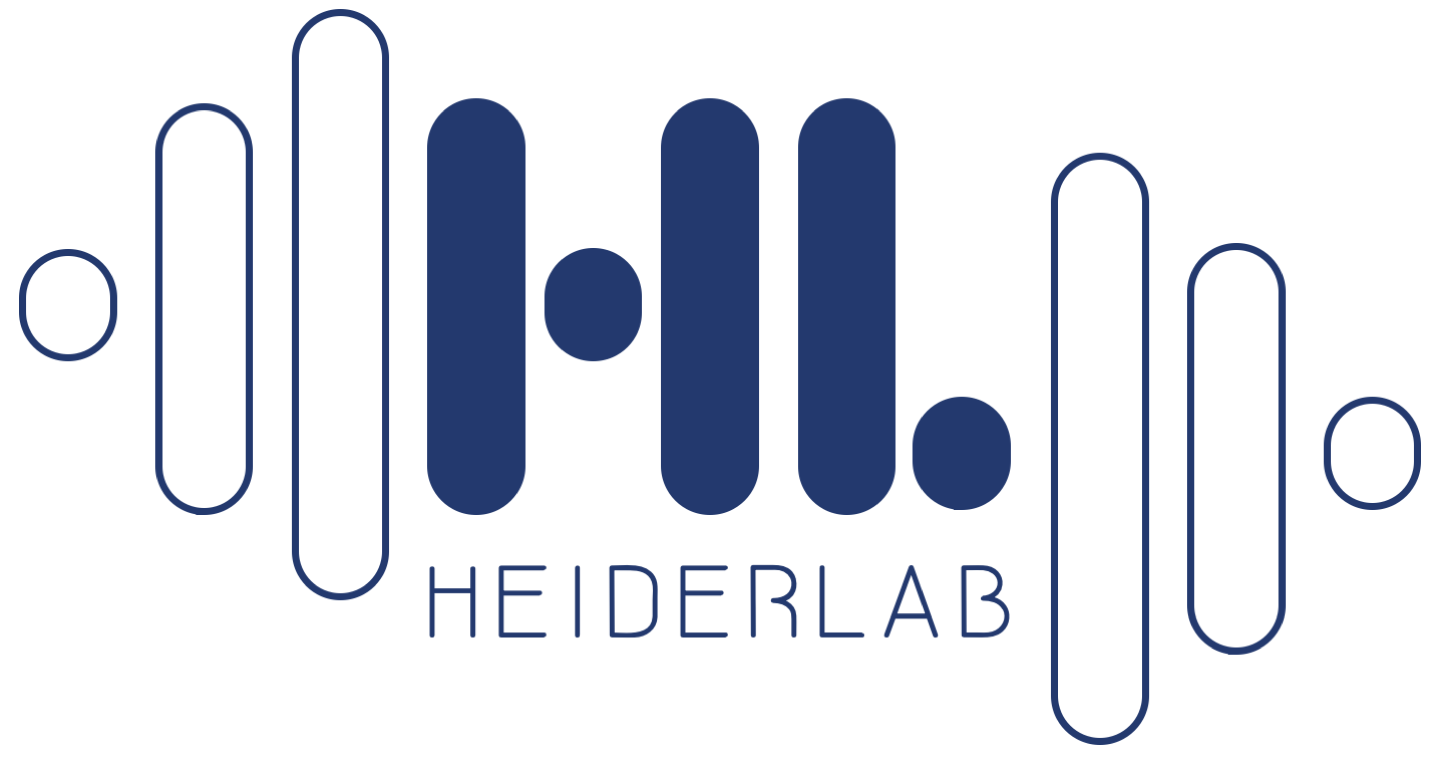New publication!
Our new article has been accepted in Clinical Gastroenterology and Hepatology:
Best J, Bechmann LP, Sowa LP, Sydor S, Dechêne A, Pflanz K, Bedreli S, Schotten C, Geier A, Berg T, Fischer J, Vogel A, Bantel H, Weinmann A, Schattenberg JM, Huber Y, Wege H, von Felden J, Schulze K, Bettinger D, Thimme R, Sinner F, Schütte K, Weiss KH, Toyoda H, Yasuda S, Kumada T, Berhane S, Wichert M, Heider D, Gerken G, Johnson P, Canbay A: GALAD Score Detects Early Hepatocellular Carcinoma in an International Cohort of Patients With Nonalcoholic Steatohepatitis, Clinical Gastroenterology and Hepatology 2019, in press. (Link)
Abstract
Background & Aims
The prevalence of nonalcoholic steatohepatitis (NASH) associated hepatocellular carcinoma (HCC) is increasing. However, strategies for detection of early-stage HCC in patients with NASH have limitations. We assessed the ability of the GALAD score, which determines risk of HCC based on patient sex; age; and serum levels of alpha-fetoprotein (AFP), AFP isoform L3 (AFP-L3), and des-gamma-carboxy prothrombin (DCP), to detect HCC in patients with NASH.
Methods
We performed a case-control study of 126 patients with HCC (20% within Milan Criteria) and 231 patients without HCC (NASH controls) from 8 centers in Germany. We compared the performance of serum AFP, AFP-L3, or DCP vs GALAD score to identify patients with HCC using receiver operating characteristic curves and corresponding area under the curve (AUC) analyses. We also analyzed data from 389 patients with NASH under surveillance for HCC in Japan, followed for a median 167 months. During the 5-year screening period, 26 patients developed HCC. To compensate for irregular intervals of data points, we performed locally weighted scatterplot smoothing, linear regression, and a non-linear curve fit to assess development of GALAD before HCC development.
Results
The GALAD score identified patients with any stage HCC with an AUC of 0.96 — significantly greater than values for serum levels of AFP (AUC, 0.88), AFP-L3 (AUC, 0.86) or DCP (AUC, 0.87). AUC values for the GALAD score were consistent in patients with cirrhosis (AUC, 0.93) and without cirrhosis (AUC, 0.98). For detection of HCC within Milan Criteria, the GALAD score achieved an AUC of 0.91, with a sensitivity of 68% and specificity of 95% at a cut-off of -0.63. In a pilot Japanese cohort study, the mean GALAD score was higher in patients with NASH who developed HCC than in those who did not develop HCC as early as 1.5 years before HCC diagnosis. GALAD scores were above -0.63 approximately 200 days before the diagnosis of HCC.
Conclusions
In a case–control study performed in Germany and a pilot cohort study in Japan, we found the GALAD score may detect HCC with high levels of accuracy in patients with NASH, with and without cirrhosis. The GALAD score can detect patients with early-stage HCC, and might facilitate surveillance of patients with NASH, who are often obese, which limits the sensitivity of detection of liver cancer by ultrasound.

